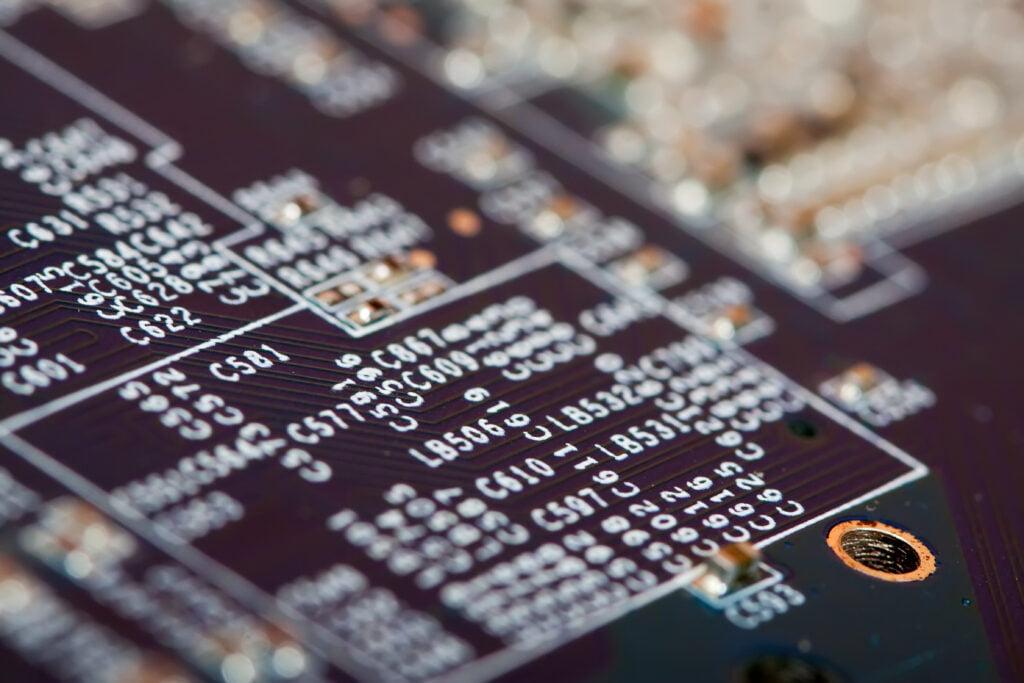Field-Programmable Gate Arrays (FPGAs) have become more and more common for use in numerous industries while creating projects and applications. FPGAs are a useful tool for developing complicated digital systems because they allow hardware customization and acceleration. However, you need the appropriate development board that offers the required resources, interfaces, and support to work with FPGAs efficiently.
We will take you through the process of selecting an FPGA development board that best meets the needs and goals of your project in this blog post. Choosing the proper board is essential for the effective development and successful implementation of your FPGA-based designs, regardless of your level of development experience.
Understanding FPGA Development Boards
A. What is an FPGA Development Board?
A hardware platform called an FPGA development board, often referred to as an FPGA development kit or an FPGA prototyping board, is created to make it easier to develop and test FPGA-based products. It acts as a link between the user and the FPGA chip by giving the resources and interfaces required to configure, program, and communicate with the FPGA.
B. Role of Development Boards in FPGA Prototyping
FPGA development boards are essential for projects using FPGAs during the prototyping stage. They give professionals, academics, and amateurs the chance to test And validate their FPGA designs before putting them into production. These testing and debugging boards offer a controlled environment for FPGA implementations, allowing users to validate the performance, compatibility, and functionality of their ideas.
C. Key Components of an FPGA Development Board
FPGA development boards consist of several essential components that work together to enable FPGA prototyping:
- FPGA Chip: The heart of the development board, the FPGA chip is a programmable integrated circuit that contains a large array of configurable logic blocks, memory elements, and I/O interfaces. It is responsible for implementing the desired functionality and logic of the FPGA project.
- Programmable Logic Elements: These are the building blocks within the FPGA chip that allow users to define custom logic circuits, including combinatorial and sequential circuits, arithmetic units, and more. They provide the flexibility to create complex digital designs.
- Memory: FPGA development boards include various types of memory to store data and program code. This can include static RAM (SRAM) for storing temporary data, flash memory for storing configuration bitstreams, and non-volatile memory for persistent storage.
- Power Supply: Development boards provide a regulated power supply to ensure the proper operation of the FPGA and other components. They may include voltage regulators, power management circuits, and connectors for external power sources.
- Input/Output Interfaces: Development boards offer a range of I/O interfaces to connect external devices and communicate with the FPGA design. This can include general-purpose I/O (GPIO) pins, serial interfaces (UART, SPI, I2C), high-speed interfaces (Ethernet, USB, PCIe), and specialized interfaces for audio, video, or sensor integration.
Factors to Consider when Choosing an FPGA Development Board
When selecting an FPGA development board, there are several factors to consider to ensure it aligns with your project requirements and provides the necessary features and capabilities.
Here are some key factors to keep in mind.
A. Project requirements and objectives:
- Performance requirements: Determine the required processing power, speed, and resource utilization for your project.
- Size and form factor considerations: Consider the physical dimensions and form factor of the board to ensure compatibility with your project’s constraints.
- Power consumption constraints: Evaluate the power requirements and constraints of your project, considering the available power supply and the board’s power consumption.
- I/O requirements: Identify the necessary input/output interfaces (GPIO, UART, Ethernet, USB, etc.) required for your project and ensure the board supports them.
B. FPGA chip selection:
- Understanding different FPGA families and vendors: Research and understand the various FPGA families and vendors available on the market to determine which one suits your project requirements.
- Evaluate the required resources: Assess the resources your project needs, such as logic cells, memory blocks, and DSP slices, and ensure the FPGA chip on the board can accommodate them.
- Consider the available tools and software support: Check if the FPGA chip has comprehensive tooling and software support, including development environments, libraries, and debugging capabilities.
C. Development board features and specifications:
- FPGA chip compatibility: Ensure the development board is compatible with the FPGA chip you’ve selected or vice versa.
- Memory capacity and type: Evaluate the onboard memory capacity and type (e.g., DDR, SRAM) to determine if it meets your project’s memory requirements.
- Clocking options: Consider the availability and flexibility of clocking options on the board, including clock generators and PLLs, to synchronize your design effectively.
- I/O interfaces: Check if the board offers the necessary I/O interfaces required for your project, such as GPIO pins, UART, Ethernet, USB, or other specialized interfaces.
- Expansion and connectivity options: Assess the availability of expansion connectors (e.g., PCIe, PMOD) and connectivity options to ensure compatibility with any additional modules or peripherals you may need.
- Debugging and programming capabilities: Evaluate the board’s debugging features, such as JTAG or onboard debuggers, and the ease of programming the FPGA chip.
D. Community and support:
- Availability of documentation and tutorials: Look for comprehensive documentation and tutorials provided by the board manufacturer or the FPGA vendor to assist in the development process.
- Online forums and user communities: Check if there is an active online community or forum where you can seek help, share experiences, and find solutions to problems.
- Vendor support and resources: Consider the level of support offered by the board manufacturer or the FPGA vendor, including access to technical support and additional resources.
- Availability of open-source projects and reference designs: Determine if there are open-source projects or reference designs available for the development board, which can serve as a valuable resource and accelerate your project development.
E. Cost considerations:
- Evaluate the price range of FPGA development boards: Compare the prices of different development boards within your budget and consider the value they provide.
- Consider the total cost of ownership: Take into account the additional costs associated with the board, such as development tools, licenses, and any necessary accessories.
Conclusion
The best FPGA development board must be chosen to ensure an effective FPGA prototype. You may make an informed choice by taking into account project needs, FPGA chip selection, development board features, community support, and cost.
Define the project’s requirements and goals while taking performance, size, power, and I/O requirements into account. When choosing an FPGA chip, consider FPGA families, resources, and vendor support.
Examine the development board’s compatibility, RAM, I/O interfaces, and debugging capabilities in great detail. Utilize open-source initiatives and community resources for assistance.
Take into account the development board’s cost as well as overall ownership costs. Achieve a balance between the features and quality you require and your budget.
A successful FPGA implementation starts with selecting the best FPGA development board.


![What is FPGA Introduction to FPGA Basics [2023] computer-chip-dark-background-with-word-intel-it](https://fpgainsights.com/wp-content/uploads/2023/06/computer-chip-dark-background-with-word-intel-it-300x171.jpg)









